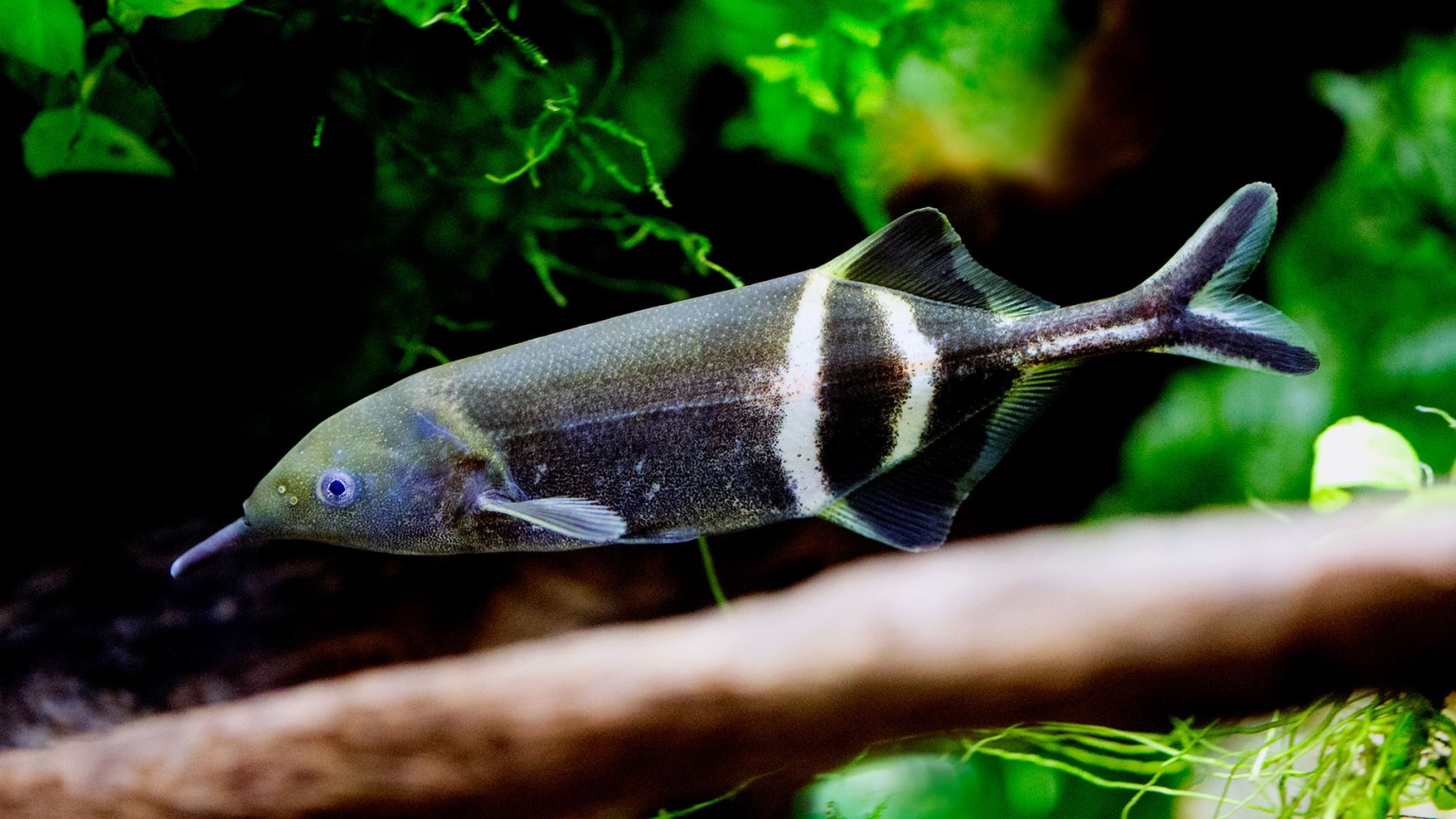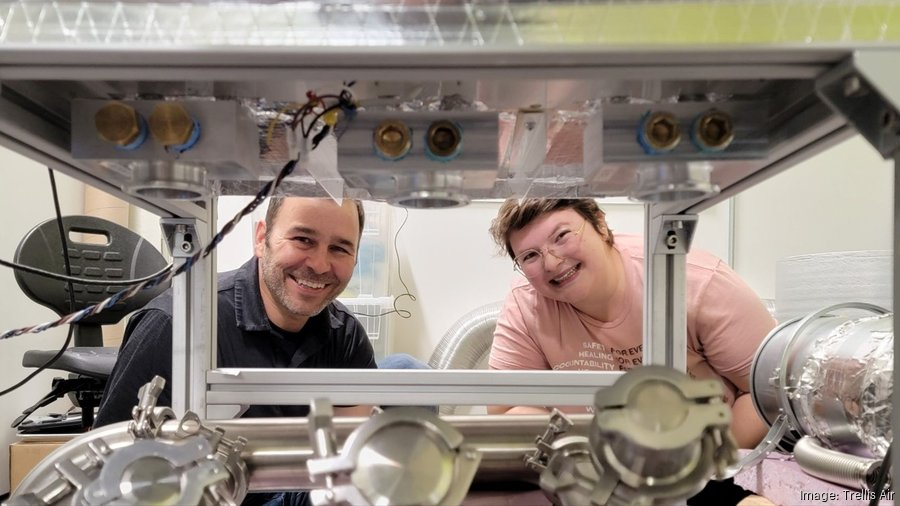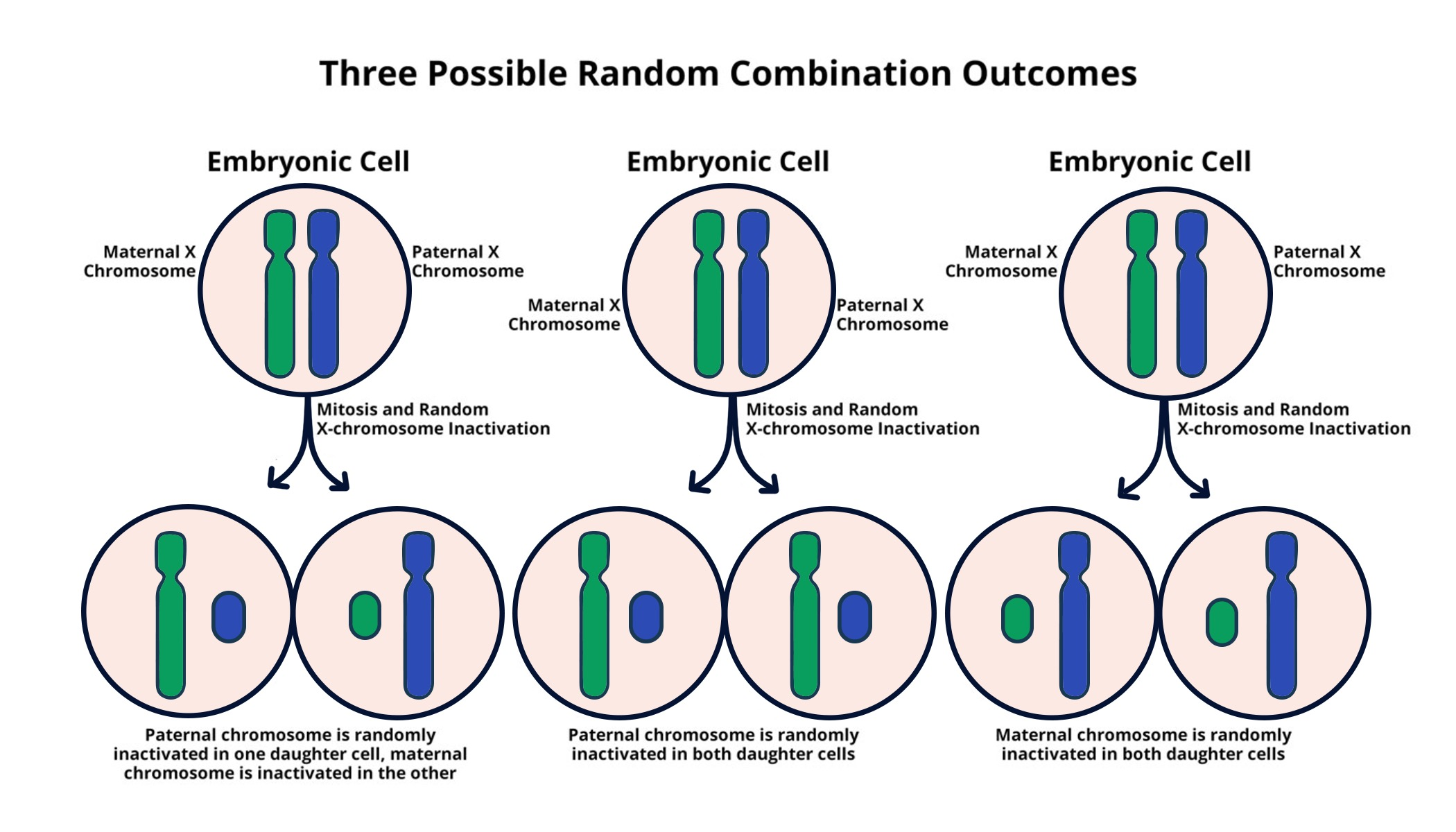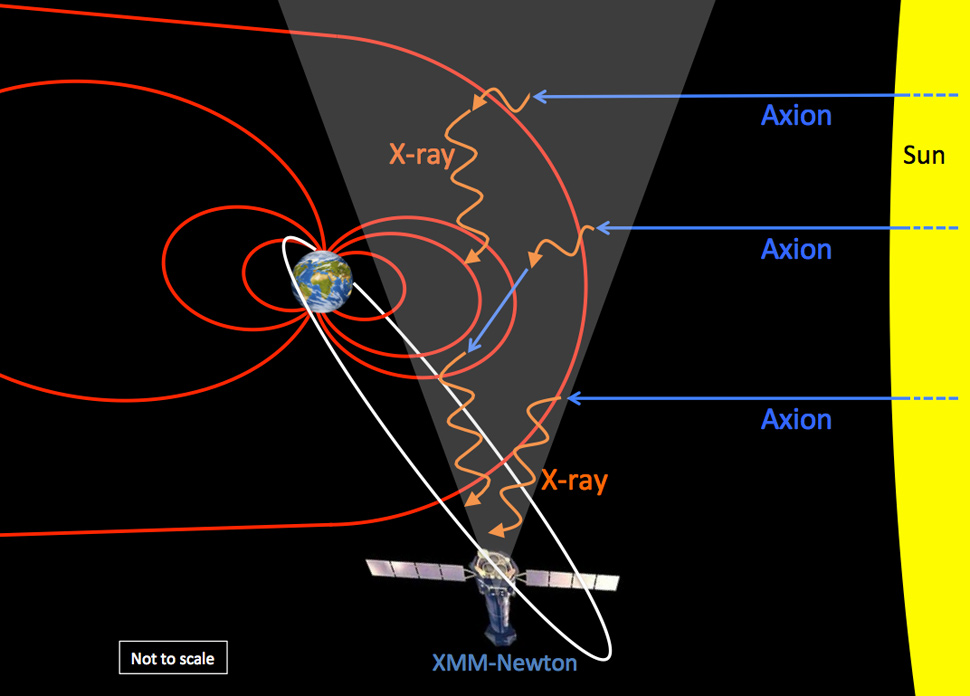Electric Fish NeuroAI is an innovative field that merges the study of electric fish with the emerging concepts of artificial intelligence (AI) and neurobiology research. These fascinating creatures, capable of generating electric organ discharges, use this unique ability to navigate their environments and communicate with one another. Researchers believe that studying how electric fish perceive and interact can reveal valuable insights into collective intelligence—a phenomenon that can also inform the design of advanced AI systems. As scientists explore the intricate communication patterns of these fish, they uncover emergent signaling behaviors that mimic some aspects of human social dynamics. This intriguing intersection opens new pathways for understanding not only how intelligence functions in nature but also how it can be replicated in artificial systems.
The exploration of Electric Fish NeuroAI represents a groundbreaking approach in studying collective intelligence and its implications for technology. By investigating the electrosensory capabilities of species like the elephantnose fish, researchers can glean insights into emergent communication patterns that arise from interaction among various entities. This emerging field connects neurobiology with artificial intelligence, illustrating how biological systems may inspire the development of sophisticated AI frameworks. By analyzing the electric pulses these fish emit, scientists aim to understand the underlying mechanisms governing social behaviors in both natural and artificial contexts. In doing so, they seek to enhance our comprehension of how cooperative strategies can be implemented effectively within AI systems.
Understanding Electric Fish and NeuroAI
Electric fish, specifically the elephantnose fish, play a pivotal role in advancing our understanding of NeuroAI. These fascinating creatures communicate and interact with one another through electric organ discharges (EODs), generating a rich tapestry of electrical signals that allow them to navigate their environments and establish social hierarchies. This unique form of communication has captured the curiosity of neurobiologists and AI researchers alike, as it offers insights into how collective intelligence emerges from the interactions of individual agents. By studying electric fish, researchers seek to bridge the gap between biological intelligence and artificial intelligence, finding commonalities in how both systems process information and react to social cues.
NeuroAI focuses on the cognitive capacities observed in natural intelligence and how they can be replicated in artificial systems. Through the lens of electric fish, scientists can investigate emergent communication patterns that arise from simple electrical pulses, providing a model for understanding more complex social interactions in human and machine contexts. The ability to discern how individual behaviors and interactions contribute to a larger collective intelligence is vital for developing advanced AI systems capable of more sophisticated problem-solving and social dynamics.
Electric fish rely on their unique sensory mechanisms to interpret environmental signals, making them an ideal subject for NeuroAI research. The use of electric fields enables these fish to communicate effectively within their muddy habitats, where visual cues might be limited. By modeling the signaling behavior of electric fish and the role of collective intelligence in their interactions, researchers can gain increased insights into the design of AI systems that operate collaboratively. This includes exploring how artificial agents might use similar principles to navigate unpredictable environments and interact socially. As we deepen our understanding of how electric fish communicate through their electrical language, we can glean valuable lessons on designing AI systems that can mirror these collective behaviors.
Collective Intelligence in Electric Fish
The study of collective intelligence among electric fish, such as the elephantnose fish, reveals fascinating insights into how group behaviors and individual actions intertwine to enhance survival. Researchers have observed that when one fish discovers a food source, it sends out electrical pulses to inform neighboring fish, effectively leading a coordinated approach to foraging. This social behavior exemplifies how collective action can optimize resource acquisition, demonstrating that intelligence within a group often surpasses that of individual members acting independently. This phenomenon emphasizes the significance of emergent communication as a foundational element for developing collaborative strategies in both biological and artificial systems.
In essence, collective intelligence in electric fish is not merely the aggregation of individual efforts but a sophisticated network of interactions that produce complex outcomes. Researchers are exploring whether similar dynamics exist in human social structures and AI systems, where interactions among individuals yield a collective understanding or solution. By investigating these patterns in electric fish, scientists are not just learning about animal behavior; they are potentially laying the groundwork for innovative AI designs that harness the power of grouped entities to achieve more versatile and resilient operations.
Furthermore, the interactions observed in elephantnose fish demonstrate that collective intelligence can adapt based on environmental changes and availability of resources. Researchers conducted studies revealing that food scarcity increases competitive behaviors among these fish, while abundant food promotes cooperative foraging strategies. This adaptability mirrors social behavior patterns seen in human societies, where resource availability influences cooperation and competition. Insights gained from electric fish behaviors can significantly contribute to our understanding of human interactions and provide answers to critical questions about social dynamics in AI systems.
Rajan’s research group focuses on assessing these variations in social behaviors and how they correlate with evolutionary success. By employing artificial agents designed to mimic electric fish, they can replicate these dynamics in controlled environments, allowing for a deeper exploration of collective intelligence principles. Understanding how cooperation and competition may emerge under different conditions is not only crucial for evolutionary biology but also for constructing AI agents that can react intelligently to evolving social landscapes.
Emergent Communication in AI Systems
Emergent communication refers to the complex ways in which simple interactions can lead to sophisticated collective behaviors. In the context of electric fish, this can be observed through their systematic use of electric organ discharges to convey various messages that govern their social interactions. By analyzing how these fish utilize their electric signals for communication, researchers can draw parallels to how AI systems might develop their own forms of language. This is particularly relevant as we seek to enhance coordination among AI agents, allowing them to exchange information efficiently and effectively in dynamic environments.
The insights gained from emergent communication in electric fish can inform the design of AI systems that employ decentralized decision-making. Just as fish can cooperate and communicate without a central leader, AI agents might be expected to work collectively toward solving intricate problems without relying on a command hierarchy. This kind of flexible cooperation opens pathways for constructing AI systems that are capable of adapting to new information while remaining resilient to disruptions, akin to the strategies observed in social groups of electric fish.
Moreover, emergent communication is essential for ensuring that AI systems can operate harmoniously in environments characterized by uncertainty and change. As these fish communicate through their electrical pulses, they not only coordinate actions but also adapt their strategies based on the behavior of their peers. For AI systems to function effectively in collective settings, they must similarly adapt their communication and collaboration strategies based on the interactions with other agents. This requires models that account for varying degrees of complexity and responsiveness, much like the dynamic interplay witnessed among electric fish.
Researchers are striving to model these behaviors in AI contexts, focusing on how agents can learn from one another and evolve their communication strategies over time. As we delve deeper into emergent communication, the lessons from electric fish promise to unlock new approaches in artificial collective intelligence, providing the groundwork for systems that could enhance our technological capabilities.
Modeling Electric Fish Behavior for AI Development
Modeling the behavior of electric fish provides invaluable insights that can accelerate the development of advanced AI systems. By creating simulations based on the social dynamics exhibited by these fish, researchers can analyze how features like electric organ discharges contribute to collective intelligence. Through computational modeling, scientists engage in evolutionary simulations focused on the behaviors of these virtual agents, leading to discoveries regarding cooperation and competition within AI. This modeling approach not only enhances our understanding of biological systems but also paves the way for designing AI that can effectively mimic these interactions.
The simulations can manipulate specific variables that would be impossible to control during physical experiments, offering researchers a unique perspective on how various traits influence the evolution of social behavior. By studying and adjusting parameters such as resource availability and group size, scientists can gain deeper insights into the underlying rules of engagement that drive both cooperation and competition. This approach could result in AI systems better suited to adapt to real-world challenges, allowing for smarter, more collaborative technologies.
Additionally, the insights from modeling electric fish behavior extend beyond just understanding cooperation; they can likewise inform the development of robust AI strategies for problem-solving. By analyzing how electric fish optimize foraging and communication strategies, researchers can apply these findings to enhance the efficiency and effectiveness of AI interactions in various contexts. The collective intelligence exhibited by these fish serves as a blueprint for understanding the complexities of multi-agent systems, revealing pathways through which artificial agents might negotiate, collaborate, and innovate together, much like their biological counterparts.
Implications for Human Cooperation and AI Research
Researching the behaviors of electric fish in the context of collective intelligence provides significant implications for understanding human cooperation and improving AI systems. These fish exhibit varied social behaviors, ranging from coordinated foraging to competitive interactions, much like humans in distinct social scenarios. By drawing parallels between these two groups, researchers can identify essential patterns that govern cooperation and competition not only in biological systems but also in artificial environments. This understanding can have profound implications in fields such as conflict resolution, cooperative programming, and organizational behavior modeling in human contexts.
Moreover, exploring how collective intelligence manifests in electric fish’s social structure gives insights into the mechanisms that underpin human collaboration. As Rajan’s research extends into AI applications, the lessons derived from studying these fish may ultimately enhance our capacity to create AI systems that can assist in group decision-making processes, optimize teamwork, and foster positive social interactions among users.
The findings from electric fish studies can also inform how we approach the design of AI systems that aim to reflect human-like decision-making patterns. Understanding the principles of collective intelligence, as demonstrated by these aquatic agents, can guide developers in implementing communication frameworks that mimic emergent social behaviors. Such frameworks may yield AI that is not simply reactive but anticipatory; responding to social cues and adjusting strategies based on the evolving dynamics of group interactions, a fundamental aspect of successful human collaboration.
Challenges in Advancing NeuroAI through Electric Fish Studies
While the research into electric fish and their contributions to NeuroAI is promising, it is not without challenges. One significant hurdle is the complexity of accurately modeling the full spectrum of social interactions these fish exhibit in natural environments. As scientists aim to replicate the intricate dynamics between individual agents, ensuring that the models reflect real-world scenarios becomes increasingly complex. Environmental factors, varying social hierarchies, and the varying nature of communication pulses all contribute to the difficulty in creating reliable simulations. Additionally, translating these findings from the natural world to artificial systems necessitates careful consideration of how closely AI behaviors should mimic that of electric fish, without oversimplifying or misrepresenting their capabilities.
Furthermore, as researchers navigate the translation of bio-inspired models to practical AI applications, ethical considerations must be factored in. The implications of implementing collective intelligence patterns observed in electric fish into AI systems raise questions regarding autonomy, collaboration, competition, and the consequences on human social structures. Understanding these ethical dimensions will be crucial for ensuring that advancements in AI through NeuroAI research do not unintentionally lead to adverse outcomes in society.
Additionally, bridging the gap between biological insight and technological implementation poses a challenge for researchers working at the intersection of neurobiology and AI. While studying the communication patterns of electric fish offers valuable lessons, incorporating these insights into algorithms and strategies that govern AI operations requires interdisciplinary collaboration among biologists, computer scientists, and ethicists. Overcoming these challenges is essential to harness the full potential of electric fish research in shaping future advancements in AI systems. Collaborative efforts will be required to create a cohesive framework that allows for the translation of biological principles into effective and ethical AI applications.
Frequently Asked Questions
How can studying electric fish contribute to advancements in Electric Fish NeuroAI?
Studying electric fish, particularly the elephantnose fish, provides insights into collective intelligence and emergent communication, both of which are crucial for developing advanced Electric Fish NeuroAI systems. These fish utilize electric organ discharges to interact and coordinate behavior, reflecting the dynamics necessary for AI systems to operate collectively.
What role do electric organ discharges play in the behavior of electric fish and their relevance to AI systems?
Electric organ discharges (EODs) are vital for electric fish as they use these electric pulses for communication, navigation, and social interaction. Understanding how these signals facilitate emergent communication can inform the design of AI systems that mimic such behavior, leading to more sophisticated collective intelligence in Electric Fish NeuroAI.
How does the concept of collective intelligence manifest in electric fish behaviors?
In electric fish like the elephantnose fish, collective intelligence is exhibited through coordinated behaviors that arise from individual interactions. When foraging, for instance, these fish can share information via EODs, allowing others to optimize their search for food. This emergent communication is a key focus for researchers in Electric Fish NeuroAI.
What insights from neurobiology research on electric fish can enhance the development of AI systems?
Neurobiology research on electric fish informs AI systems by revealing how simple interactions can lead to complex behavior patterns. By understanding the mechanisms of electric communication and social dynamics in fish, AI developers can create systems that leverage similar principles of emergent communication and collective intelligence.
What are the implications of modeling electric fish behaviors for future Electric Fish NeuroAI applications?
Modeling electric fish behaviors provides a framework for developing Electric Fish NeuroAI applications that can simulate collective intelligence. Such models help validate theories on cooperation and competition among AI systems, ultimately enhancing their ability to work together in solving complex problems.
How can emergent communication in electric fish inform AI research?
Emergent communication in electric fish, conveyed through their electrical pulses, serves as a model for studying how information can be shared efficiently among agents. AI research can benefit from these insights by applying similar communication principles to enhance interaction among AI systems, making them more adaptive and responsive to their environment.
In what ways do electric fish demonstrate cooperative and competitive behaviors?
Electric fish like the elephantnose fish exhibit both cooperative and competitive behaviors based on environmental factors, such as food availability. These social dynamics can be replicated in Electric Fish NeuroAI systems, offering valuable insights into how individual agents might adapt their strategies in collaborative or competitive contexts.
What future research directions could enhance Electric Fish NeuroAI based on electric fish studies?
Future research could focus on exploring the learning processes of electric fish, analyzing how different survival strategies emerge, and identifying universal laws governing social interactions. Such insights could lead to the development of AI systems that are more akin to the collective intelligence seen in biological entities.
What social behaviors do electric fish exhibit that can be modeled in AI systems?
Electric fish display various social behaviors, including communication, cooperation when foraging, and competition for resources. These behaviors, characterized by emergent communication through electric organ discharges, can be effectively modeled in AI systems to enhance their collaborative capabilities.
How does the study of electric fish contribute to our understanding of intelligence, both natural and artificial?
Studying electric fish contributes to our understanding of intelligence by showcasing how simple biological systems can achieve complex social interactions through collective intelligence. This research provides a basis for developing artificial systems that replicate these dynamics, enhancing the capabilities of Electric Fish NeuroAI.
| Key Points | Details |
|---|---|
| Electro-sensing Ability | Electric fish generate electric fields to navigate and communicate. |
| Emerging Field of NeuroAI | Studies behaviors and interactions to aid AI development. |
| Collective Intelligence | Interactions among electric fish reveal complex social dynamics. |
| Modeling and Simulation | Research uses artificial agents mimicking electric fish to explore dynamics. |
| Implications for AI | Findings can contribute to cooperative AI systems and improved interactions. |
| Future Research | Exploration of universal laws governing social interactions in agents. |
Summary
Electric Fish NeuroAI brings critical insights into how electric fish, particularly the elephantnose fish, can inform the development of advanced AI systems. Their unique electric communication techniques and social behaviors have opened new avenues for understanding collective intelligence, providing a framework for future AI interactions. By studying these fascinating creatures, scientists can model and simulate behaviors that may enhance cooperative problem-solving capabilities within artificial intelligence.









